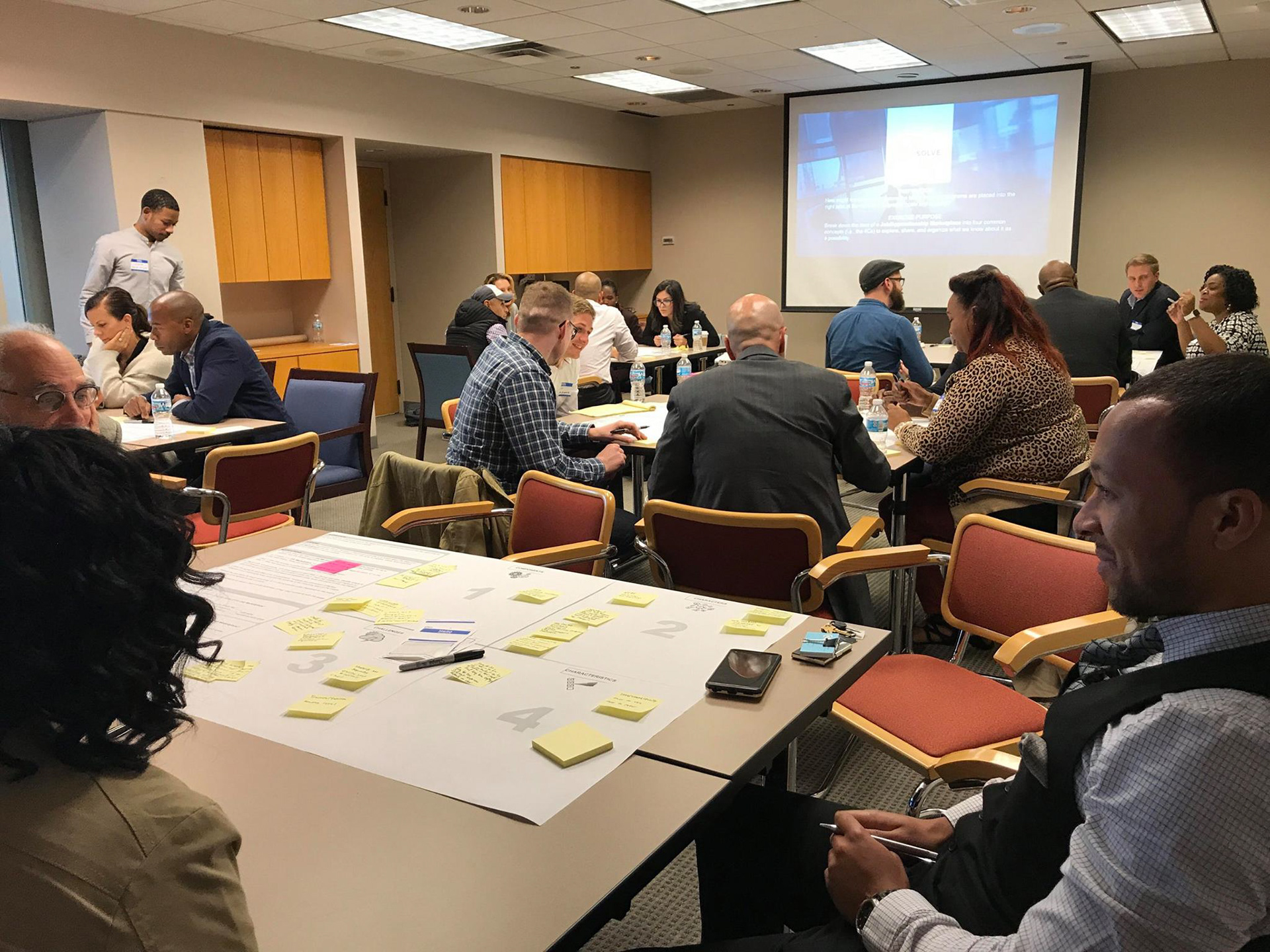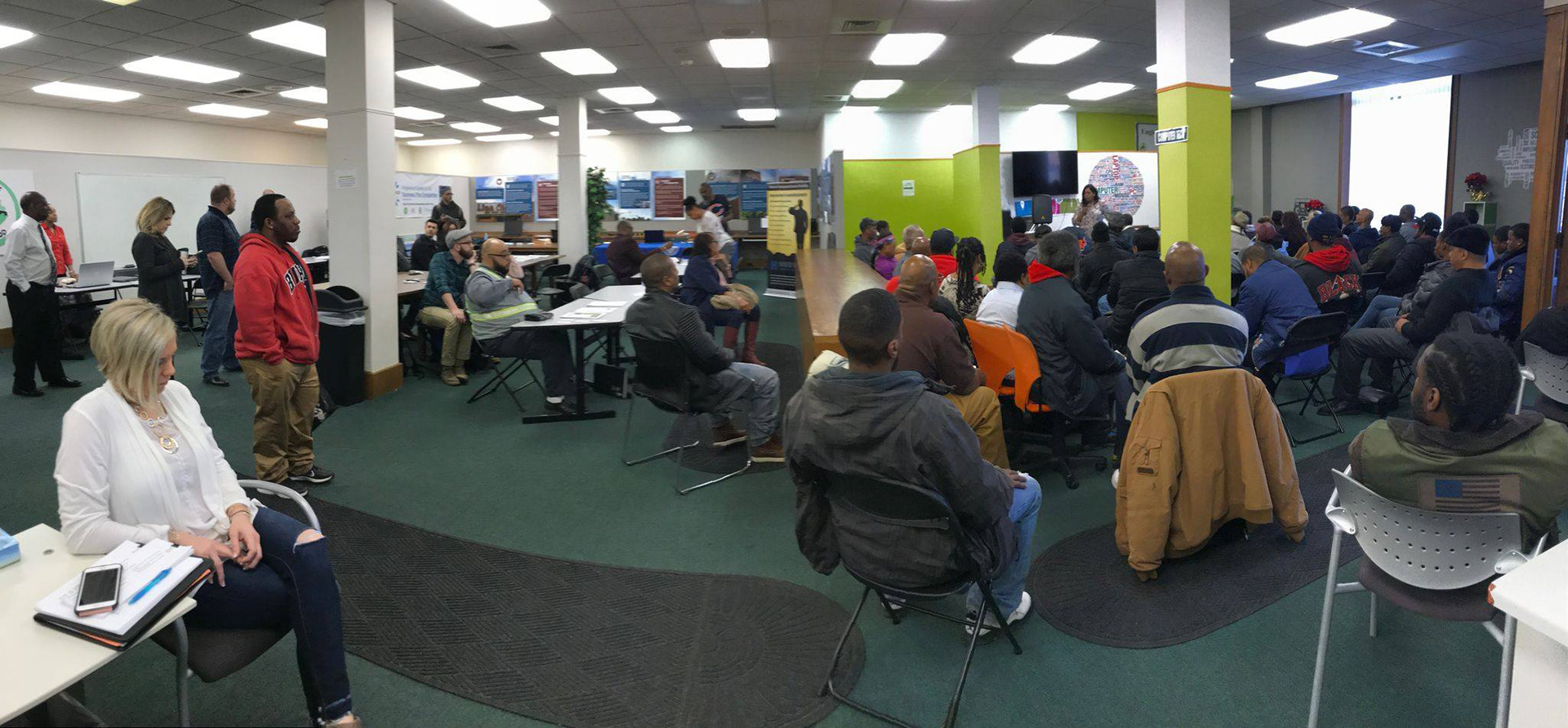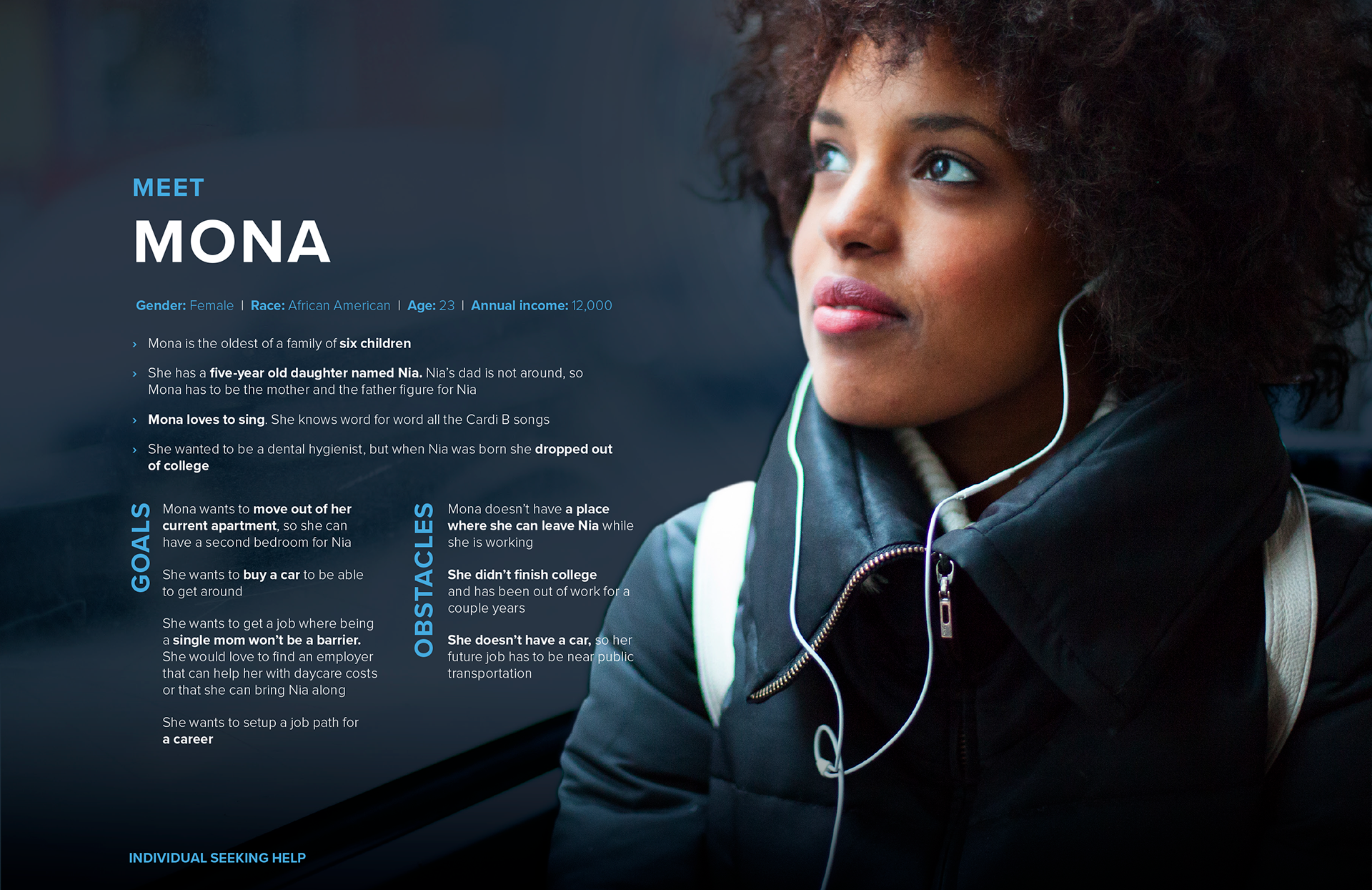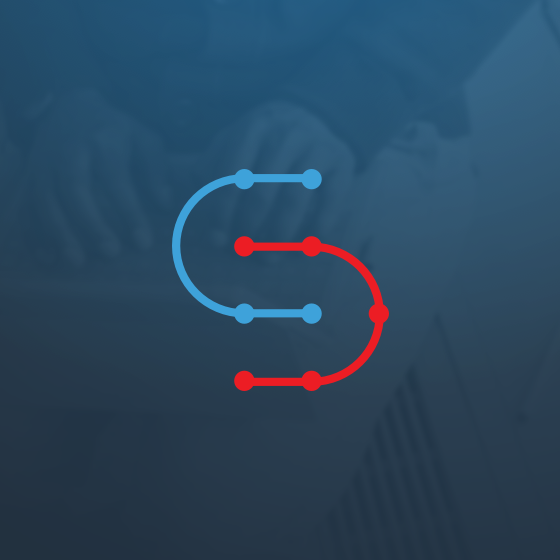Solve is a mission based tech start up that facilitates interactions between nonprofits, businesses and agencies. In my UX/UI role, I worked closely with the product leader and customer success team to facilitate the process for conducting research, collecting feedback and creating testable hypotheses that could be implemented in the overall software and for the different features. Due to an NDA, I can't go in-depth with each feature.
Role: Research, User Flows, Wireframes, Prototyping, User Testing, UI.
PROBLEM:
Individuals from low income communities face many challenges getting back on their feet. In Illinois alone, there are more than 50k nonprofits helping these individuals in some capacity. However, because of disconnected support systems and a lack of technology tools, many of these nonprofits cannot address the individuals' needs.
Individuals from low income communities face many challenges getting back on their feet. In Illinois alone, there are more than 50k nonprofits helping these individuals in some capacity. However, because of disconnected support systems and a lack of technology tools, many of these nonprofits cannot address the individuals' needs.
SOLUTION:
By supporting social service providers and creating a network where they can interface directly with other social service providers, individuals and prospective employers, Solve can help open access to opportunities and advancement for individuals.
By supporting social service providers and creating a network where they can interface directly with other social service providers, individuals and prospective employers, Solve can help open access to opportunities and advancement for individuals.
RESEARCH:
In order to validate some of our features and the user experience of our software, we sat down with organizations to understand their needs, conducted interviews, user testing on prototypes, and ethnographic research at job fair events at nonprofits in underserved communities.
In order to validate some of our features and the user experience of our software, we sat down with organizations to understand their needs, conducted interviews, user testing on prototypes, and ethnographic research at job fair events at nonprofits in underserved communities.




USER SEGMENTS AND PLAN:
In understanding that there are many segments that play a role in helping an individual find a job, we've decided to group them into primary and secondary users. This is based on successful collaboration models from organizations that we've partnered with.
In understanding that there are many segments that play a role in helping an individual find a job, we've decided to group them into primary and secondary users. This is based on successful collaboration models from organizations that we've partnered with.
Primary Segment:
Service providers: Small- to medium-sized organizations that don't have a case management solution, have a insufficient solution (spreadsheets) or make/receive referrals manually with other organizations.
Service providers: Small- to medium-sized organizations that don't have a case management solution, have a insufficient solution (spreadsheets) or make/receive referrals manually with other organizations.
Secondary Segment:
Community Collaboratives: Typically led by foundations, community collaboratives. Usually a network of organizations working together to holistically develop a stronger community.
Community Collaboratives: Typically led by foundations, community collaboratives. Usually a network of organizations working together to holistically develop a stronger community.
Staffing Agencies: Want to connect with individuals interested in entry-level or unskilled to semiskilled labor opportunities.
Employers: Seeking vetted and diverse talent.
Future Segment:
Individuals: Low to moderate income with a desire to improve their life. Semi-tech literate, 16 to 55 (working age people).
Individuals: Low to moderate income with a desire to improve their life. Semi-tech literate, 16 to 55 (working age people).
Individuals living in low-income communities tend to have several barriers that can hold them back from getting a job. This is why having service providers as our primary audience is crucial. By providing service providers with a software that can reduce the time spent on paperwork and referrals, we can help them focus on individuals and making sure they don't fall through the cracks.
Our secondary targets also play a major role in helping individuals. By also catering to them— collaboratives, staffing agencies and employers— we are creating a robust network. In other words, when the individual has overcome some or all of their barriers, a service provider can refer them to a job.
Our long-term goal is then to create a way for individuals to discover and understand the barriers they face and get connected to service providers that can directly address them.
PERSONAS:
Based out of our research, we were able to come up with the following personas to help create a good user experience:
Based out of our research, we were able to come up with the following personas to help create a good user experience:




Early on wireframes of the client dashboard and profile view:


Some examples of the interface of software:









